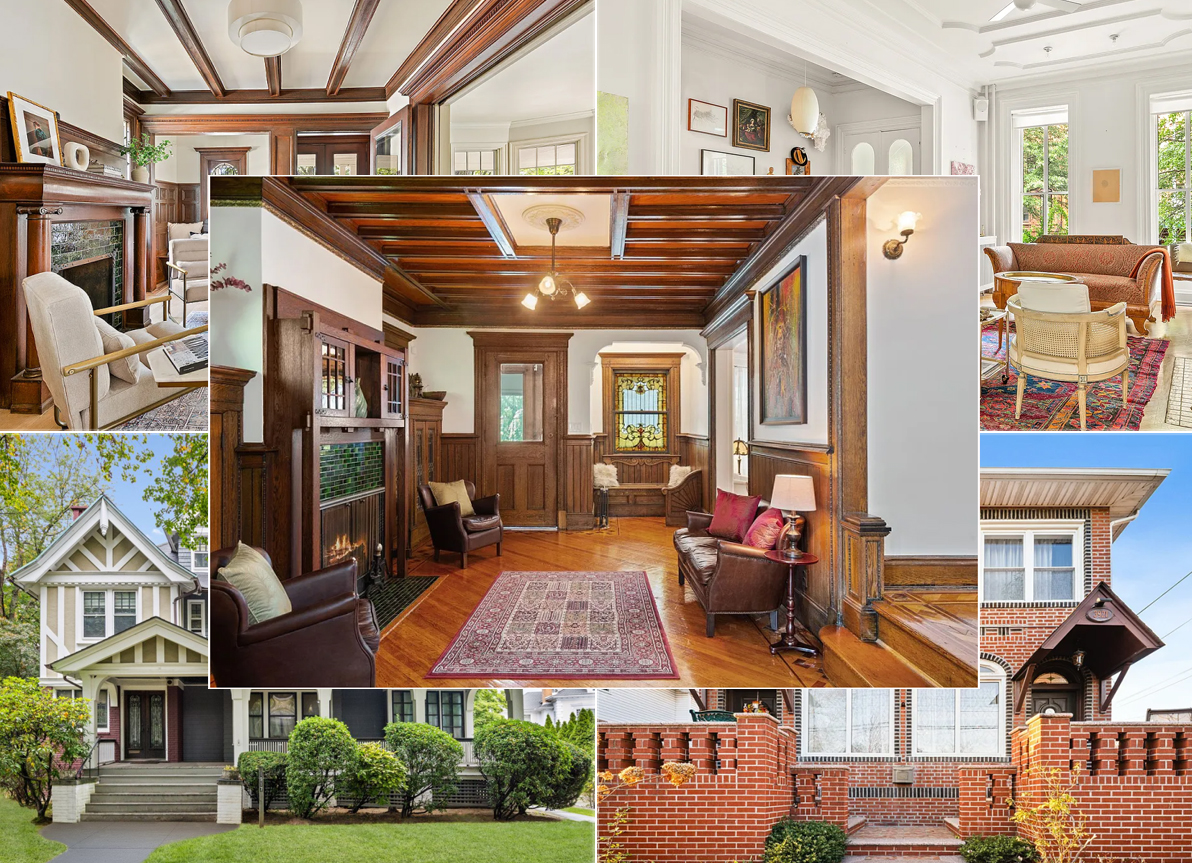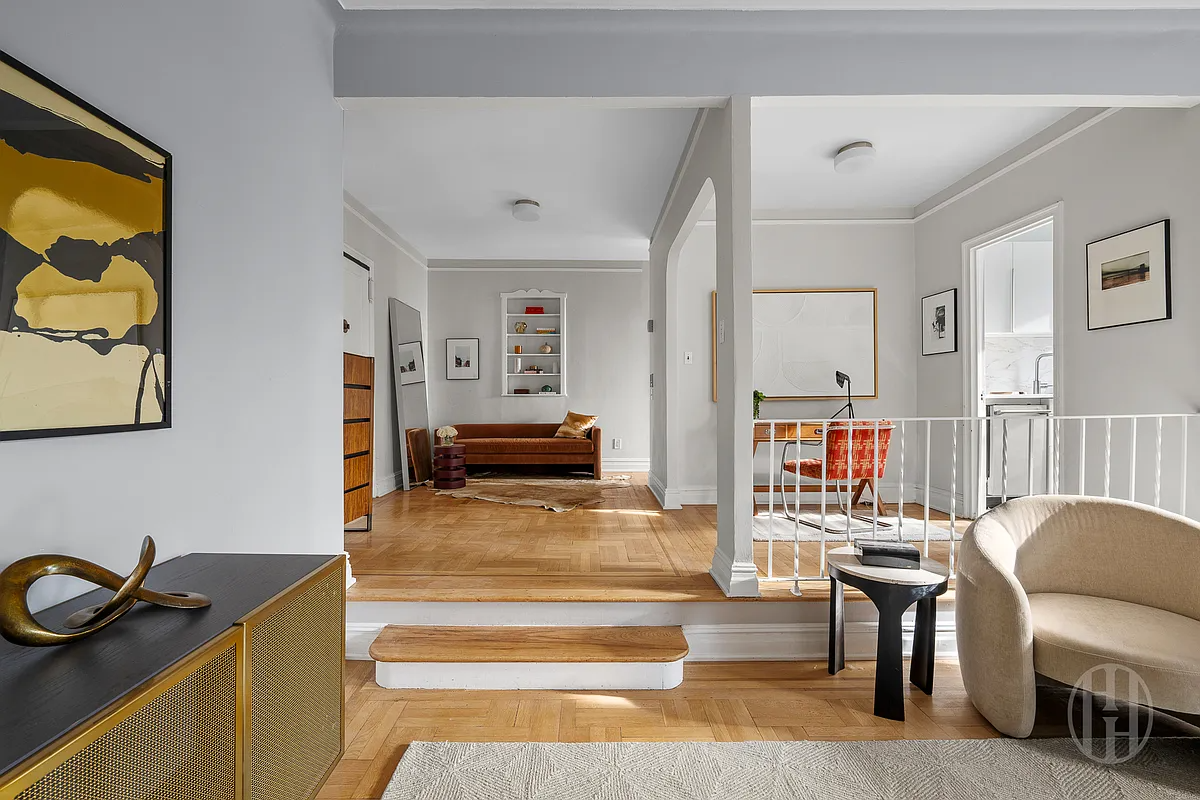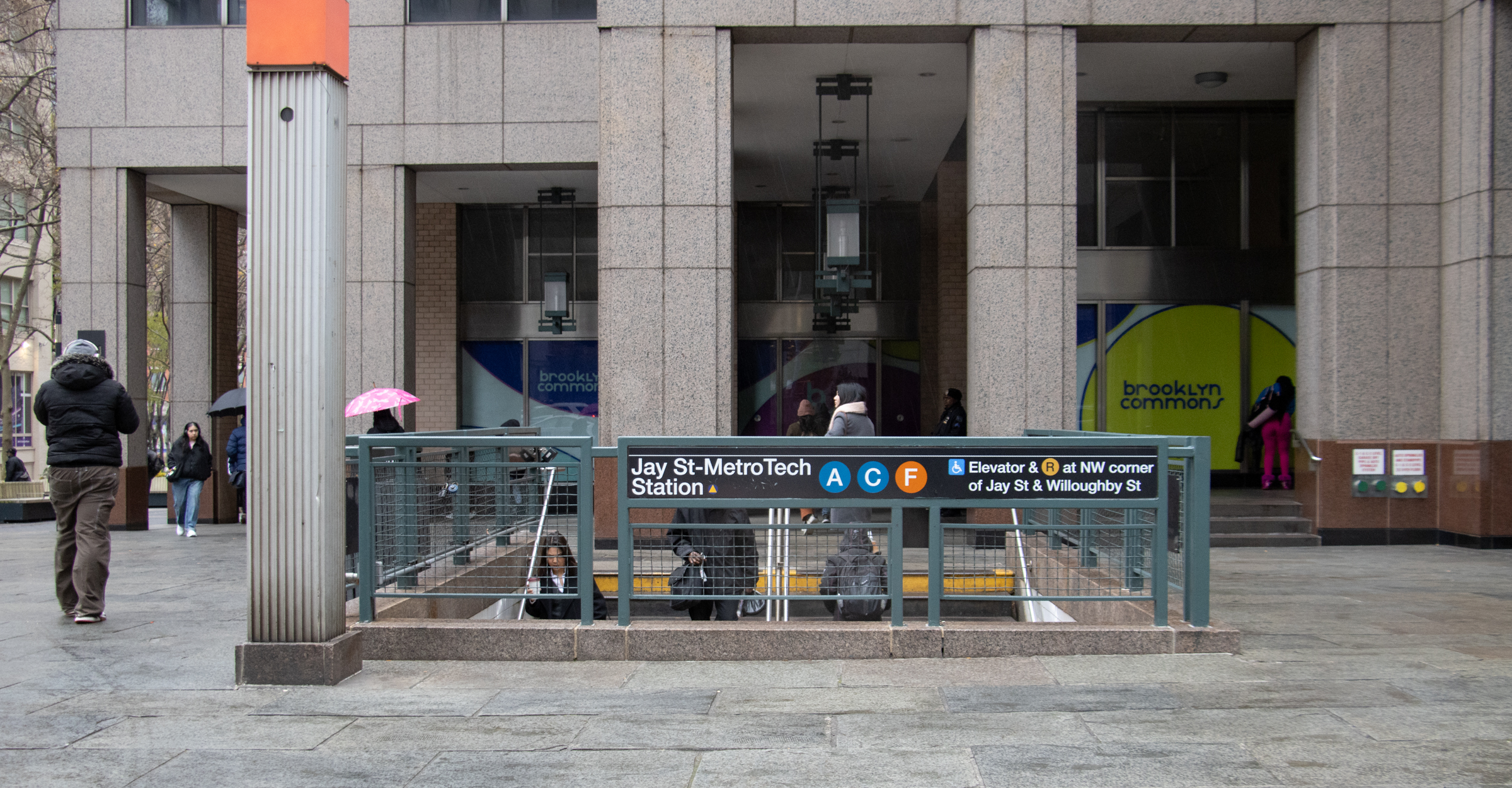Rezoning Whiplash: Fourth Avenue
Brooklyn Papers reports that a group called Fourth Avenue Neighborhood Preservation wants to downzone Fourth Avenue just three years after it was upzoned. The city should really take another look at it, said Jerry Speier, a committee spokesman. Aesthetically, these buildings [are] quite ugly. It would be a bad mistake to build them. As unimpressed…


Brooklyn Papers reports that a group called Fourth Avenue Neighborhood Preservation wants to downzone Fourth Avenue just three years after it was upzoned. The city should really take another look at it, said Jerry Speier, a committee spokesman. Aesthetically, these buildings [are] quite ugly. It would be a bad mistake to build them. As unimpressed as we are with the tall buildings that are rising on the upzoned stretch of Fourth Avenue, we gotta say this sounds like a silly–and far-fetched–idea. It’s not like most people had any illusions about the aesthetics of the buildings that would be put up between 6th and 15th streets when the rezoning was passed in 2003. It was a trade-off that helped preserve the scale of the side streets of Park Slope. And as readers remind us all the time, you have to build up somewhere to accommodate Brooklyn’s rising population.
Downzone on 4th Three Years Late [Brooklyn Papers]
Photo by Betty Blade





re-visiting the re-zoning of fourth avenue is a non-starter. it may be a canyon of mid-rises (when did 10-12 stories become a highrise?), but it’s a pretty wide canyon. green up the median and make it park avenue. there were people in power that pushed for inclusionary zoning but dcp dodged it here. later re-zoning further south on fourth does include text to encourage construction of affordable housing. sadly (or not), no laws in nyc regarding ugly. just the bully pulpit, and you’ve been reading it.
Anon at 12:33 — let’s please not romanticize living in a neighborhood without a diversity of retail options. I live in Sunset Park. I guarantee you that my neighbors are already shopping at Costco.
Beware, City Planning is continuing to want to upzone 4th Avenue down to Sunset Park and perhaps even beyond (until it gets to the low rises of Bay Ridge). There’s nothing wrong with allowing for growth…but organic growth should be striven for, not the wholesale selling of the sky merely because it can be sold. The views of the harbor are what make 4th Avenue attractive to developers, so of course they want to go as high as allowed. What are the effects of this high-rise luxury ghetto on the neighborhoods that are linked to it? Let me put this another way – what are going to the effects on the remaining small scale neighborhood retail when all the big bow stores open in the ground floors of the new buildings? A couple of Whole Foods, Best Buys, Trader Joes, Circut Cities, etc. will do wonders for local merchants, don’t you think?
The problem that everyone has is that the buildings will be ugly and too expensive. These are not land use issues per-se but rather part of a larger issue, the city’s aversion to good planning. These problems would exist regardless of height restrictions and setback requirements because the city has made it clear that people who build buildings are free to take tax breaks and incentives and build little affordable housing or even respect local zoning rules. Additionally, some of the blame for ugliness has got to lie with community groups who in their zeal to make sure that buildings aren’t too tall often forget that small buildings can be even uglier than their tall counterparts.
I would encourage anyone who is interested in down zoning to read what zoning code says about R-5 zones. Think, required parking and crazy setbacks. I worked on a project in Park Slope that got rezoned as part of the 4th Avenue mess and it’s a disaster. The zoning code specifies a much different kind of building in lower residential zones and in the hands of a bad developer it can be a very bad building.
I think ‘market’ determines is there is ‘need’….if developers build and nobody interested in buying/renting at prices then further development stops.
If they sell/rent then I guess there is need.
If what you mean by ‘do we need’ the we is people that already own homes in area – answer could be no.
I would like to ask a basic question. Why do we need high rise, high density buildings. These are market rate condos, not public housing and will do nothing to prevent displacement of neighborhood people.
Assuming AY will be built the whole PS, PH, etc hoods will be overwhelmed with thousands of new residents, why do we need large buildings on 4’th Avenue.
Like it or dislike it, it was the unfortunate trade off with City Planning to keep the side streets fairly low density (depending on your definition).
What gets my goat is the group is being a bit myopic. If we are going to hypothetically look at a “rethinking” (again) of 4th Ave, then should it not be ALL OF 4TH AVE, not just the area rezoned in 2003?
Hey, i am no fan of 12 story buildings, but I agree, higher density must go someplace. I guess the topic du jour is: how high?
Potentially “pissing in the wind” in this man’s perspective. But hey, can’t hurt to try, eh?
I saw fliers posted around that area of 4th Avenue on NYMarathon Sunday.
The claimed 4th Avenue will be canyon of highrises.
I dunno – 4th Avenue looks so bleak and new development would help. And on such a wide Avenue – small buildings look sort of ‘out of context’ themselves.
To me only goes to show that can find a group of people against anything/ any change no matter what in NYC.
If you lok at the buildings that cureently exist on Fourth Avenue, you will see that they are predominently four to five stories. The current upzoning encourages 10 to 12 stories and was forced onto the community by City Planning. In conversations at the time, I asked for the upzoning to be not so extreme, perhaps a height limit of 80-90 feet and was completely rebuffed. The only community opposition at the time caused a small concession for a package deal from HPD to hopefully encourage affordable housing (an omnibus package of about $13 million in credits and what-not). The notion of inclusionary zoning didn’t take on until the Williamsburg rezoning a few years later.